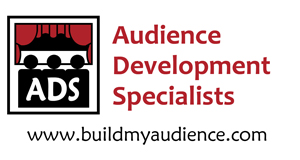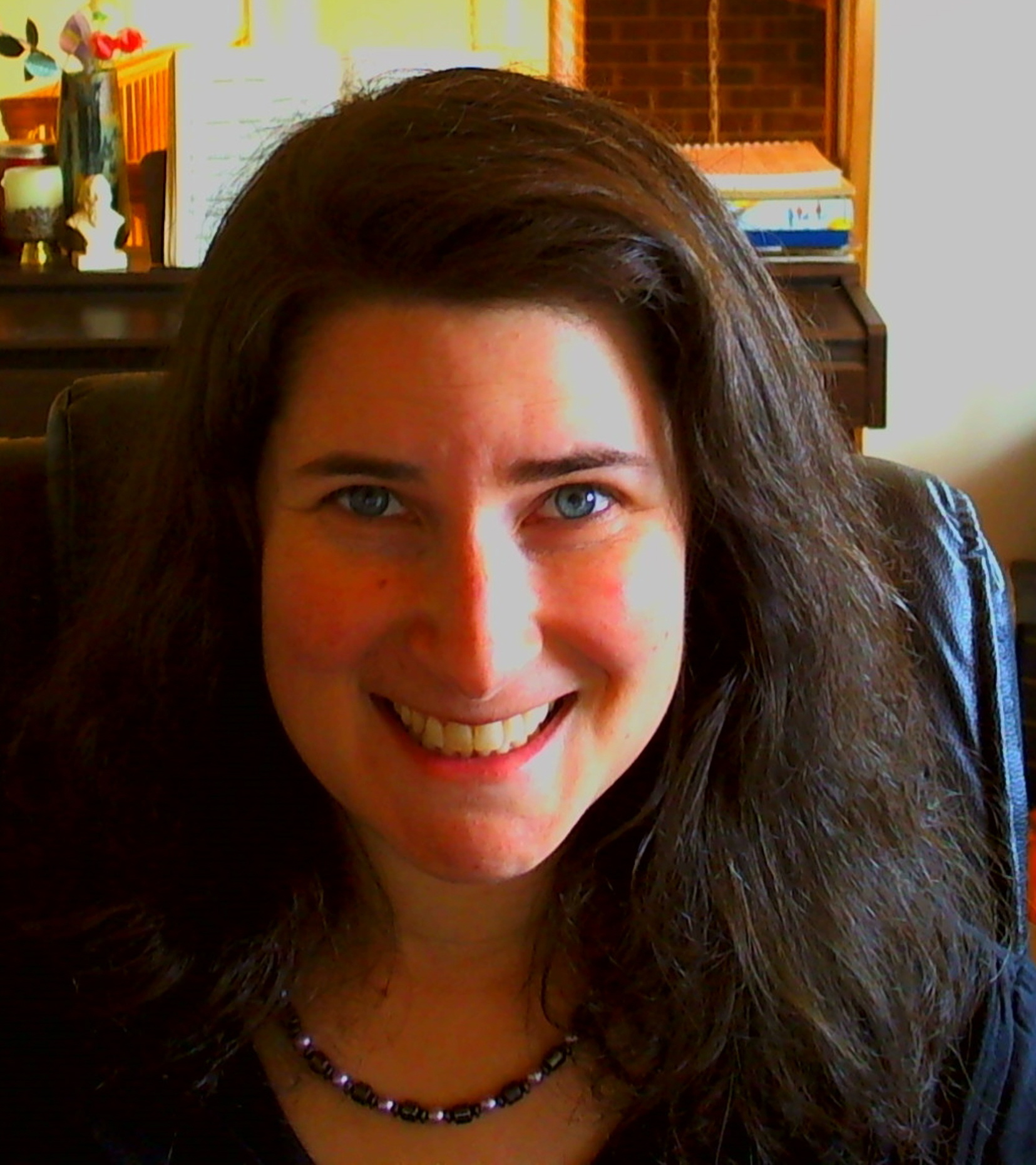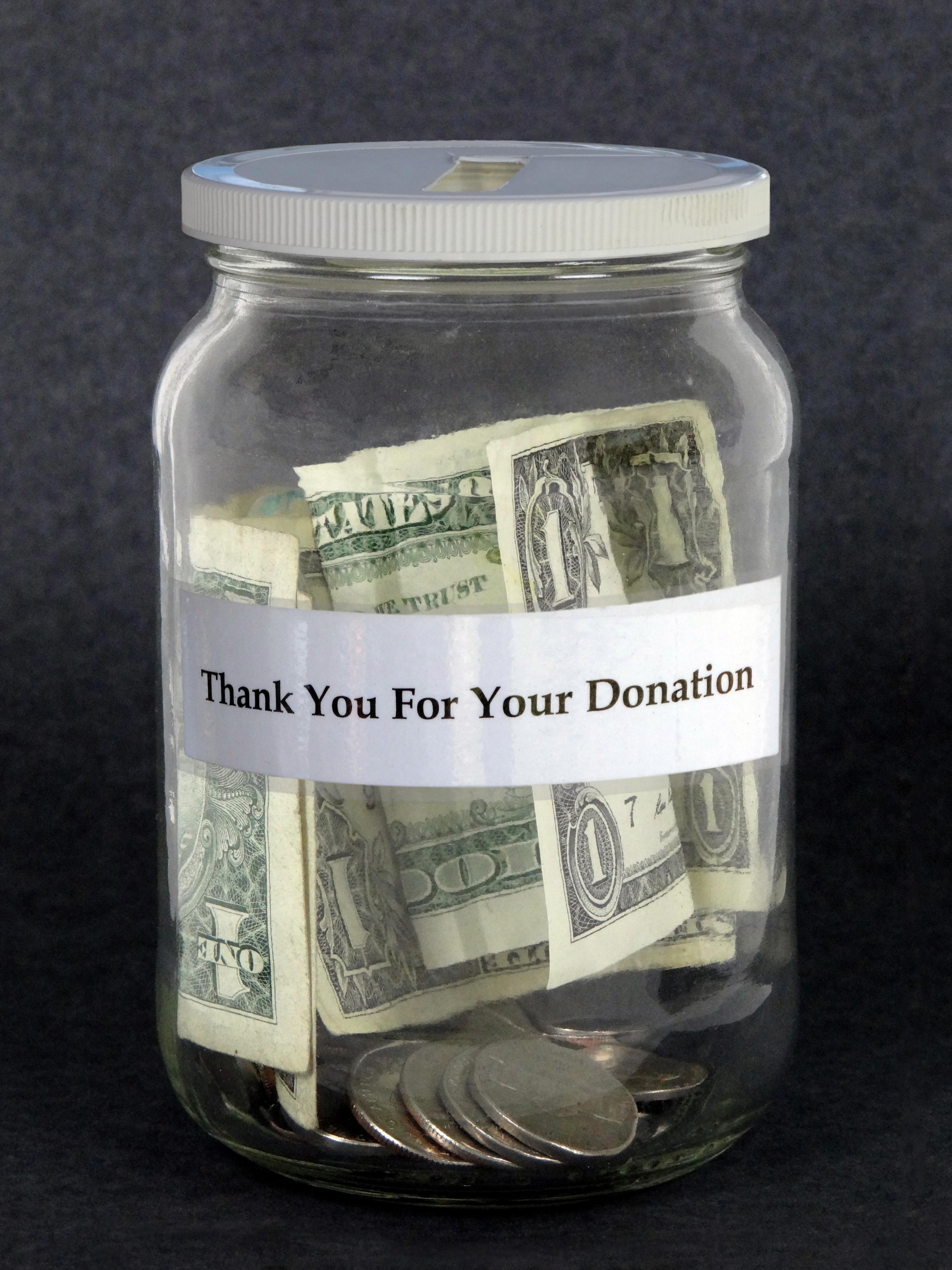Are artists involved in your audience development planning? They should be.
Having worked for several years in the Symphony world, I have experienced firsthand the ‘us vs. them’ mentality between artists and management. The Symphony world is well-known for its labor disputes, musician strikes, management lockouts and general distrust of each other. But I often find it odd that performers and management have such distaste for each other when we should all be working toward the same goal – keeping our arts organizations sustainable in our communities. Some of it may be attributed to the right-brained artist mentality not understanding the left-brained business mind and vice versa, but I think there’s a lot of commonality that artists and management share that is often overlooked. While finances are certainly at the core of this, not to be ignored are the ideas needed to continue introducing new audiences to our art form. And this is where both artists and management need to work together. So let’s take contract negotiations and budgets out of the mix for a moment and just talk about idea creation.
While I would never expect the concertmaster to write the season’s marketing plan, just as I shouldn’t be expected to play first trumpet, the two sides can work together using our own expertise on finding ways to reach untapped audiences in new and exciting ways. In my years in symphony marketing (or any marketing, for that matter), I find that there is never a lack of new ideas. Someone at least once a week says to me, “You know what you oughta do…” Most times I listen, smile, and either file the idea away or dismiss it. But here’s where I really think both sides of the organization can work together and come up with some really fabulous ways to spread the joy of our artform. I have talked with musicians who’ve said that they don’t feel like anyone listens to their ideas. And I know many staff members who feel totally cut off from having access to the musicians, even in an informal manner. Bridging the two sides can help morale all around, as well as build the opportunity to work together towards a common cause.
As stated in an earlier post, new audiences are key to keeping the relevancy and vitality of classical music alive in the 21st century. Our marketing and development teams (another key relationship in any non-profit) are focused on identifying and cultivating these soon-to-be patrons and donors. What the management side can bring to the table is doing the research to find out who these new audiences are, how and where to market to them, and how to sell them a ticket. What musicians can do is tell their story. Make themselves available to the public. Be the face of the artform that we’re promoting.They are the ones to create the relationships that are KEY in this day and age of the arts. No one really cares what the Director of Marketing says. I have a small enough ego to know that what I say isn’t worth a hill of beans (is that still a phrase?). But when a musician makes a phone call, or appears in a video, or does a radio interview? That’s when ears perk up. That’s what makes a potential audience member interested in attending the Symphony. I can send postcards and record TV spots and place newspaper ads and I’ll get a few bites. Traditional media isn’t dead. But when the artist making the art becomes involved, and perhaps makes a personal invitation, I think we’ll see a much more significant response.
As we work on our new audience initiative, I plan to involve as many musicians as I can (and who are willing) in the planning and implementation process. It can be so much more effective if I ask the musicians up front, “Hey, what kind of program should we create to attract a younger audience?” than it will if I say, “You’re doing this service on this date and time and wear this.” Get them involved in the planning by serving on task forces. Ask them to invite their yoga class or book club or softball team to a concert. Invite them to participate in pre- or post-concert discussions with patrons. The participating musicians may feel a sense of ownership if they helped create something from the ground up instead of just showing up for a performance without having any idea on how the audience got there. I have found that if you just ask the artists for input, you’ll hear back, “How can we help?” We all want more butts in seats. Let’s work together on finding effective ways to do it. [:O)]
Samantha Teter is an arts marketing professional with over six years of experience as Director of Marketing in the Symphony field and four years of experience as Director of Marketing and Events in a performing arts venue. She holds a BA in Radio-TV Broadcasting and an MBA with a marketing emphasis. She is also an actor and singer and a patron of the performing arts.
******************************************************
Cheers to happy and loyal audiences,
Shoshana
Shoshana Fanizza
Audience Development Specialists
https://www.buildmyaudience.com
“Never treat your audience as customers, always as partners.”
~James Stewart
Although we are not a non-profit, if you would like to support ADS to continue our work, you can donate here.





